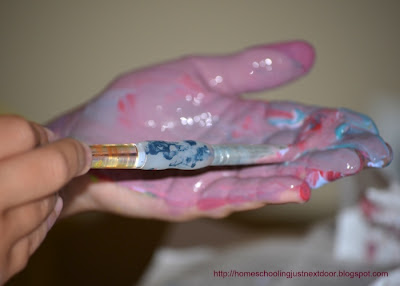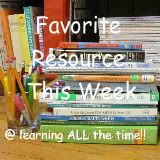
Here at Growing Your Homeschool, we share our homeschool journeys to encourage others. Sometimes, we share our challenges, and sometimes we share our blessings. Isn't that life? Good and bad? Easy and hard? Joys and despairs?
Today, we are focusing on the blessings of homeschooling. Perhaps you share a few of these, too?
Sam ~ I am most grateful for our time together. Spending time with my family is a joy. Life is short, and there will never be enough hours to spend with them on this side of eternity. I am also grateful for the flexibility homeschooling allows, especially now that I am working outside of the home! Finally, I am grateful that homeschooling allows me to tailor our curriculum to the needs of my children. When something isn't working, we try something else.
Aurie ~ I love that my girls are able to be with us at home. I love the freedom we have to teach Biblical truths. I feel so blessed that I am able to guide them as they grow instead of handing it off to another person.
Beth ~ I am thankful that our family is in a position to even be able to do this. I am sure there are lots of families who would like to, but for whatever reason cannot. I am thankful that God has given us the opportunity.




























